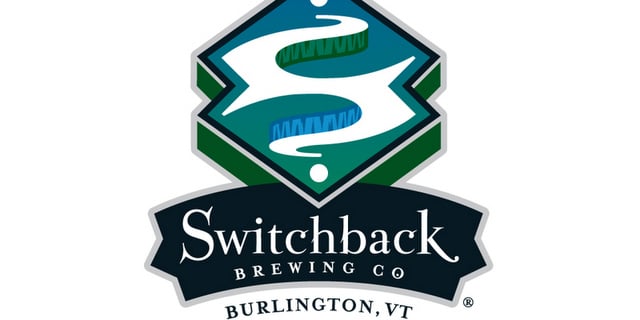
Vermont has taken significant steps in the first two years of its 20-year commitment to achieving better water quality (see the Vermont Clean Water Act), but more work still needs to be done. Lake Champlain is obviously a big focus of Vermont’s clean water goals with the U.S. Environmental Protection Agency (see its clean water report card from April), focusing on everything from phosphorus reduction to stormwater stewardship to outreach and education. Of late, Vermont craft brewers have been another focus for the EPA and city public works departments.
Earlier this month, the Vermont Department of Environmental Conservation’s Watershed Management program posted public notification that 1.8 million gallons of partially treated wastewater had been released into Lake Champlain by Burlington, Vt.’s main wastewater plant over a four-day period of heavy rain. That led the Burlington Parks Department to close several beaches. State officials noted breweries were a part of the problem (along with other food processing facilities). From an Associated Press report:
One brewer, Switchback Brewing Company, told WCAX-TV that the company met with the Public Works Department earlier this month, along with Citizen Cider, and are “working together on this.”
“There are obviously perfect storm situations where we’re brewing, someone else is brewing, it starts raining. None of us can make it stop raining, unfortunately,” Switchback’s Gretchen Langfeldt said.
There are three main issues to address with regards to brewing wastewater — pH, concentration of BOD and TSS. Biochemical oxygen demand (BOD) is a measure of the nutrient value of wastewater. Total suspended solids (TSS) is a measure of suspended solids in wastewater. Brewery wastewater is higher in sugar and alcohol compared to normal domestic wastewater which most treatment plants were designed to treat.
The pH swings from high to low as well. Some less common restrictions may be for temperature, ammonia or an instantaneous or daily flow limit. Some towns apply reasonable surcharges for wastewater, other towns are highly excessive. Fats, oils and greases (FOG) are a big deal with municipalities these days, but brewery wastewater has almost no FOG. Each one of these characteristics can be major issues, and to make matters even more fun these vary state to state as well as town to town.
Want to learn more? Read our feature on wastewater basics for a growing craft brewery.





Leave a Reply
You must be logged in to post a comment.